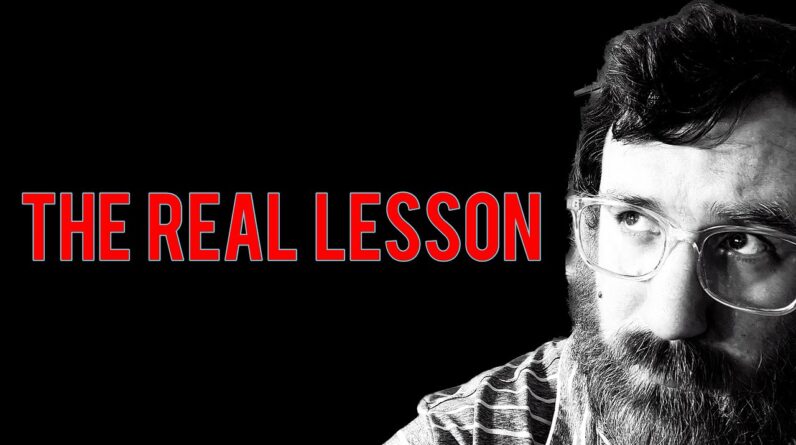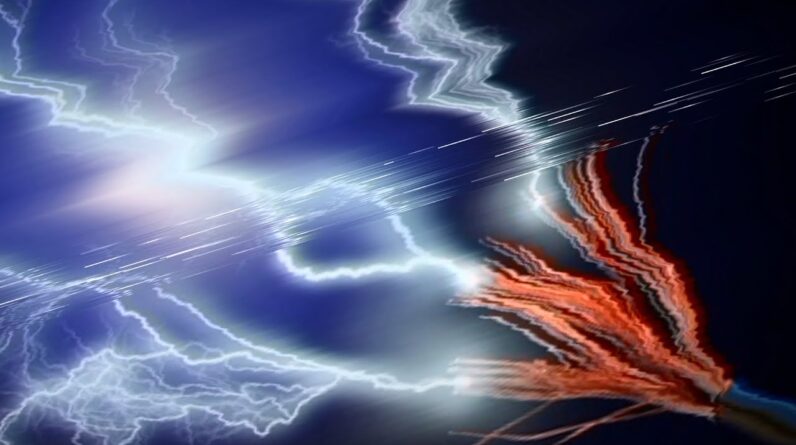HVAC Shop Talk is a YouTube channel & podcast that celebrates the guys and girls in the skilled Trades – especially HVAC. #hvac #hvactraining #hvactech #hvactechnician #hvacpodcast
Join the HST Discord server –
Sign up for email notifications –
Sponsors
Beckett Corporation –
Yellow Jacket –
NAVAC –
Company Cam –
EWC Controls –
TruTech Tools (Use my “SHOPTALK” promo code)
https://www.trutechtools.com/
Contact me –
This video is brought to you by navac Empowering you to work smarter with Their new Break Free power tube expander The nte 11l So let's talk a little bit about heat Pumps down here in the South there's a Lot of heat pumps we see them all the Time but it can be a mystery in other Parts of the nation and they behave Almost 100 like air conditioners in fact They basically are air conditioners I Think originally maybe originally they Were called reverse cycle air Conditioners where instead of pumping That liquid inside to an evaporator coil And cooling a house as the refrigerant Evaporated with the air moving across it The opposite happens your sub cooling That hot gas coming off the compressor Turning it into a warm liquid sub cooled Liquid and sending it back outside to The evaporator so the exact opposite is Happening but the same cycle it's just Happening on opposite sides of a design System so instead of having an Evaporator coil inside let's say you're Let's give an example let's say you're One of those lucky Northern people that Have a basement and you have an Evaporator coil Let's say you have a fan coil air Handler In the summertime you have an evaporator Coil in the winter time that's a
Condenser coil exact opposite outside In the summertime it's a condenser coil In the winter time it's an evaporator Coil easy to remember Almost exactly the same the efficiency Will vary because To me it seems like just to me it seems Like it's Pretty much designed for the highest Efficiency in Cooling we have our Seer Rating we have our hspf rating sear Ratings are typically in the teens Sometimes in the 20s Hspf ratings are much lower And when you talk about Seer and hspf We're not talking about CR2 We're talking about cr1 we're talking About how many BTUs per what are used So if it's a 13 Seer unit you're getting 13 BTUs per watt so if A System's a Thousand Watts then that would be 13 000 BTUs so you can see roughly where you Fall as far as energy consumption And heating it's lower Because I think it's maximized for Cooling and if you have a heat pump Design for X conditions it's not going To run as well in other conditions Because think about this think about it If the heat pump was an air conditioning Mode but you had the conditions you see In winter time So with the evaporators at it's 30 or 40 Degrees outside that puts it into a
Refrigeration category almost if Frost Sup has to be defrosted just like a Refrigeration system has to have a Provision for defrost on the inside you Have a nice temperate day upper 60s to Around 70 typically there are some People out there who go to 80 degrees or Down to 65. that's me I like it cold Inside So you can see it's not the same Condition so you can't design for Maximum efficiency at every Condition It's just impossible so it's maximized For cooling so you don't get as much Efficiency and Heating That's why a lot of people will choose Gas over a heat pump just because They're not as efficient as it gets Colder and colder now nowadays heat Pumps have come a long way where heat Pumps will perform much better than they Used to in very very cold conditions But you can dive into a heat pump manual And see how badly they do in cold Conditions in fact let's take a quick Look at a manual And I'll show you what I mean we are on The Goodman website looking at split Heat pump Gsz14 I want to pick a really basic one Because the more basic it is and the Older it is the worse it tends to do in Very cold conditions so let's bring up The documentation and take a closer look
Before we do that you can see up to 15 Seer or 9 hspf so you can see the big Difference and you can see that the Goodman customer reviews are Overwhelmingly positive Lending itself to the notion that these Reviews aren't true Let's take a look at page 34 of this Gsz14 PDF this is the specifications so We can see outdoor ambient temperature Is on this chart and goes from 65 Degrees down to negative five because This is heating this is the expanded Heating data And this is a matchup of the Gsz14030 which is two and a half tons With the aruf 29b14 plus TXV MBH we see That term MBH is thousands of BTUs per Hour so you see at 65 degrees it's Putting out 37.15 37 000 BTUs Really really high okay so we go down to 47 degrees which is a typical heating Temperature at 65 many times the heat Pump's not running in heating mode Because it's warm enough outside where Natural heat producing In the house will counteract any cooling Effects so if you want to set it at 70 Inside it's not going to sink to 65 Because you have people inside you have Appliances there's enough heat coming Off that like your computer if you're Watching a steamy television show like
Dynasty it's really good guys really Good Basically you create enough heat to Offset that so of course there's solar Heat as well we can go into a whole lot Of stuff solar storage it's a radiant Heat there's a lot of stuff to cover in HVAC we're not going to do it all today You guys MBH so let's stick back to MBH Thousands of BTUs so at 47 degrees for 28.4 so 28 400. that sounds about right We have a two and a half ton unit so at 47 we're definitely going to be running In heating mode we're looking good all Right let's drop that down to 30 degrees Outside that drops down to 19.62 or 19620 BTUs okay that's a significant Drop So when you go down to let's say 15 Degrees in fact let's go all the way Down to zero 9.29 9290 BTUs very sharp drop In system efficiency Even though the amperage you see the Amperage starts at 11.9 at 65 degrees Outside but it's only five at zero Well that's half the amperage but you're Getting what 25 percent of the capacity So the efficiency is way way off and you Can see that from the cop numbers goes From 4.39 at 65 degrees all the way down To 1.57 Which I'll sum it up is bad do we have
Heat pumps out there that are older heat Pumps that actually we use in these Conditions absolutely we do the thing is We have backup heat we have heat strips And they are super efficient as everyone Knows resistance heat is not efficient Not efficient at all it costs a lot of Money to run but it's very simple it's Always been the appeal of resistance Heat it's it's very affordable on the Front end and expensive in the back end No pun intended But you have to have it on heat pumps to Compensate for this drop in efficiency And drop in capacity A newer heat pumps don't have as much Difficulty in these conditions because They are variable speed they can Actually ramp up to a higher RPM In these colder conditions to produce More heat Which is a good thing so the newer heat Pumps have that going for them they will Go into Applications that the older ones were Really not that good for and keeping in Mind we're talking about a heat pump That's designed for a certain condition And you can design for colder conditions But you as if you're a manufacturer You're going to design for a broad Condition you're not going to design for A very specific unless you have a Particular Market that's going to be
Purchasing very specific heat pumps from You I'm sure there are those out there Those of you are in the commercial or Industrial Field know there are specific Units for a particular applications I don't know if any of those are heat Pumps you can fill me in on that I'm Just from the wide wide world of Residential where everything's very Basic and no special skills are needed Uh I wanted to cover a little bit about Heat pump side because in the winter Time it's always tricky I know we just Kind of dove into a little bit of how The efficiencies work but we're gonna Have to revisit this too let's uh let's Let's create another segment coming up And we'll talk more about heat pumps I Just want to touch on it get us get our Juices flowing it's December now so even The heat pump country is it's getting Colder out there guys it's 40 degrees During the day here One time 65 today so no heat pump Required today but tonight it'll be back Down in the 40s so it's good to have an Understanding of heat pumps especially As they Trek North As their efficiencies get better and Their capacities get better in cold Temperatures






